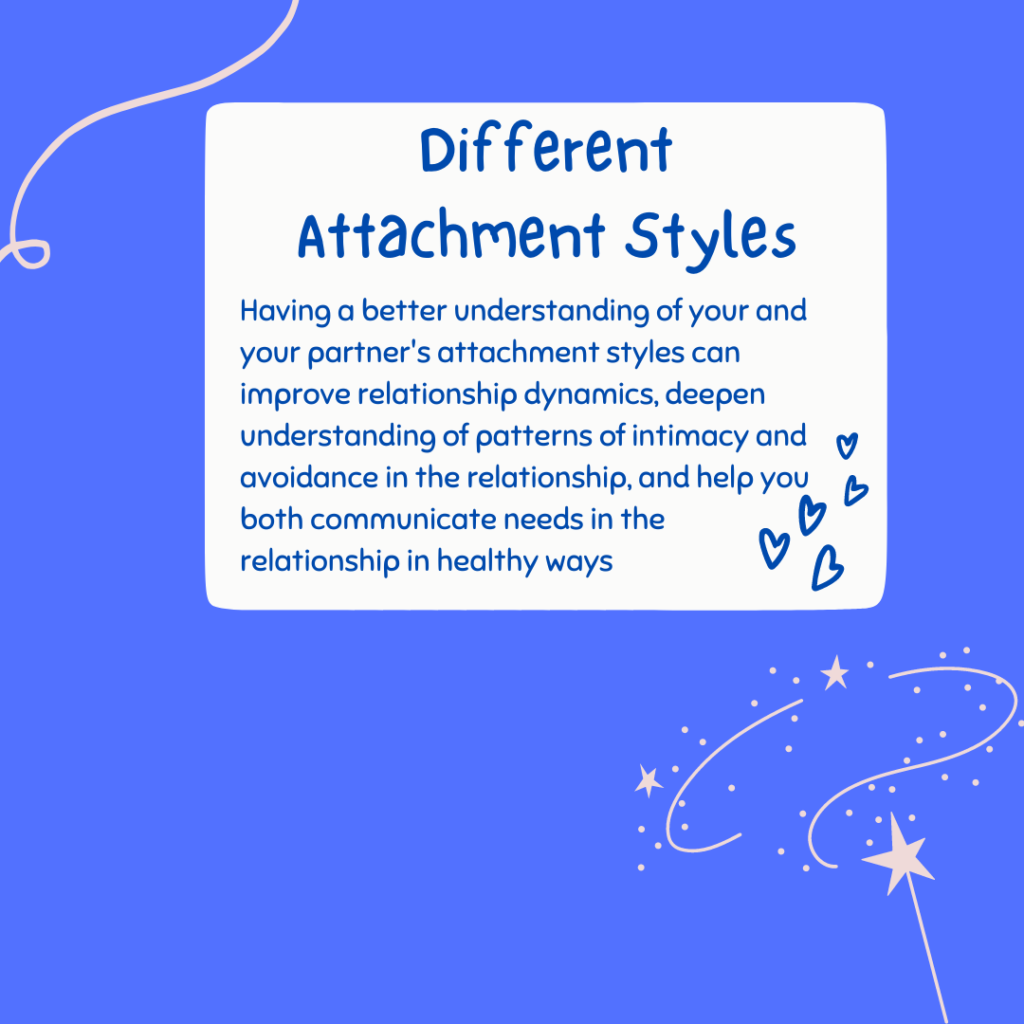Caught in a push-pull dynamic with your partner, where one of you seems to always be pushing for more intimacy, closeness, and connection while the other pulls further and further away?
Think your partner is cold, distant, and emotionally-avoidant?
Think your partner is clingy, too dependent on you, and needs constant reassurance from you?
…Ever heard of Attachment Theory?

Attachment Theory [AT] provides insight and understanding of attachment dynamics from infancy through adulthood. Early AT work centered on the different attachment styles babies and young children exhibited towards their caregivers. Later work has shown that attachment theory is relevant in adult romantic relationships. Basically, as adults, our romantic partners become primary attachment figures to us, and attachment styles inform how each person connects in the relationship. Some people feel a great deal of anxiety in their relationship and seek a lot of reassurance and closeness from their partner. Others feel a need for more distance and independence in their relationships, especially emotionally. Other people are comfortable both with emotional closeness and intimacy, as well as time apart from their partner. It’s important to be aware of the fluidity among attachment styles and that attachment styles can change over time with intentional effort and new experiences! No need to slap an inflexible label on yourself or your partner.
In Couples Therapy I Can Help You:
- Better understand you and your partner’s attachment styles and how those function in the context of your relationship
- Identify painful core beliefs about yourself, your partner, and relationships in general that can fuel present relationship problems
- Understand interactional patterns and dynamics that exacerbate relationship problems
- Learn effective ways to communicate wants and needs based on your attachment styles so you both get what you want from your relationship
- Develop greater compassion and understanding for one another
- Move towards a more secure attachment style
- Learn skills to navigate uncertainty in your relationship
- Learn skills to effectively regulate emotions based on your attachment style
